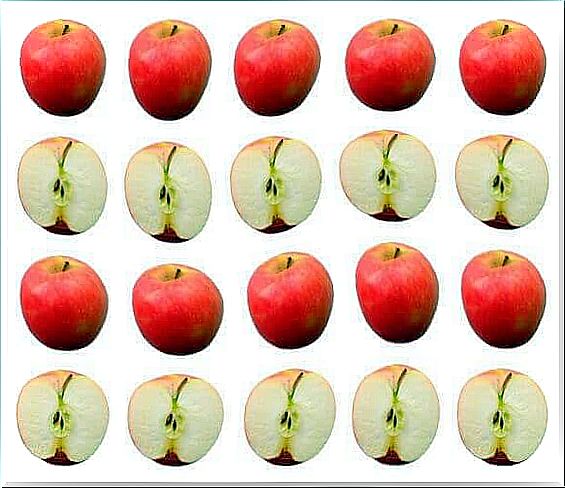Dispersion Measurement In Statistics

Dispersion measurement plays an important role in any dataset. These measurements follow the measurements of central tendency and show the variation in your data.
Central trend measurements will show you the different ways you can group your data. They are good for finding out how the different variables work in a particular sample or group of people. The three basic things they can tell you are the median, the mean and the breadth of variation.
Spread measurement goes hand in hand with the measurements of central tendency. It is also essential to read any data set, because it shows you how variable your data is. Its important role in statistics has been reinforced by Wild and Pfannkuch (1999).
According to them, our perception of variation in data is one of the fundamental components of statistical thinking. The way we perceive variability gives us information about the spread of the data, in the form of an average or a median.
An average is very common in statistics. However, it is easy to misinterpret them. This happens specifically when there is a wide spread of values in the variable. This is where dispersion measurement comes into play (2).
There are three important components in scatter measurements that are related to random variation (2):
- The perception of how common they are in the world around you.
- Whether there are competing explanations.
- The ability to quantify them (which means understanding the concept of proliferation and knowing how to use it).

What is dispersion measurement used for?
Spread measurement is important in any statistical study when trying to draw conclusions from data. This is because they play a direct role in the margin of error you work with. The greater the spread in a sample, the more space you need to work within this margin.
It can also help you determine if your data is far from central. What this does is show you if your core tendency is actually a good way to represent the people you have tested your study on, or if it is not. This is very useful when it comes to comparing distributions and understanding the risks of making specific decisions (1).
To summarize, the greater the spread, the less representative your central tendency is. Here are the most common scatter measurements:
- Variation width
- Average deviation
- Variance
- Standard deviation
- Coefficient of variation (or relatively standard deviation)
Dispersion measurement: This is how the most common work
Variation width
The variation width is usually best used to make your first comparisons, because it only looks at the two extremes of your data. This is also the reason why it is generally only worth using it for small sample sizes (1). The basic definition of the range of variation is: The difference between the largest and smallest observed value.

Average deviation
Then we have average deviations. This is useful because it can show you where the data would be if everything were exactly the same distance from the average (1). The deviation of a number from the variable is the difference between the absolute value of this variable and the average. Thus, the average deviation is basically only the average of all the deviations (3).
Variance
Variance is the algebraic function of all values, and it is perfect for inferential statistics (1). Variance is basically the square of the deviations.
Standard deviation
Standard deviation is the most common scatter measurement in samples taken from the same human group (1). It is the square root of the variance (3).
Coefficient of variation
This measurement is mainly used to compare the variation between two data sets in separate groups. For example, if you get information about the height and weight of the students in a school. It can help you determine which specific distribution shows the highest grouping of data, for a more representative measurement.

The coefficient of variation is the most representative of all the different scatter measurements we have talked about, because it gives you an abstract number. In other words, it is independent of the variables in your groups. In general, you will see the coefficient of variation shown in percent (3).
Dispersion measurement: Conclusion
These scatter targets are ways to see how much variation there is in your sample. They will also show you how representative your core trend is. If the variability is small, it means that your data is relatively close to that trend and is a good representation of the overall dataset.
On the other hand, if you have a high level of variability, it means that the data is scattered, not concentrated. High variation means a central tendency that is not very representative. If this is the case, you will need to deduct a larger data collection. Having more data will reduce the variation, which was the root cause of the large margin of error.









